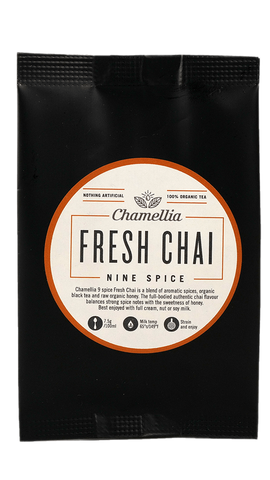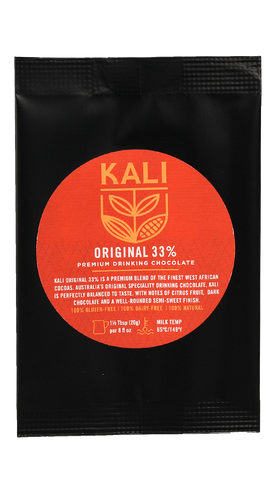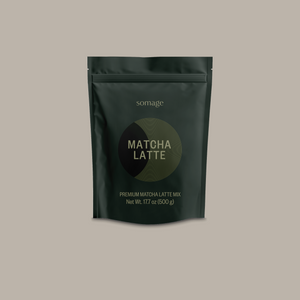Our Approach
We’ve developed a methodical approach across sourcing and processing. Below are some choices we make:
Spices
We work directly with growers and producers — building long-term partnerships to ensure freshness, traceability, and ethical sourcing. Most spices in Australia are auction-bought and stale by the time they arrive.
Tea
We use an organic FBOP from Lumbini Estate. It gives structure, grip, and length — while still holding secondary characteristics like florals and fruit. It’s not just a filler. It’s a critical part of flavour.
Honey
Big bush honeys can dominate. We prefer floral varieties — they stay in the background and let the spices speak. They're also more stable across batches.
Fresh or Dry Ginger ?
Yes — we use both. Fresh ginger adds depth, sweetness, and that lemony edge. It shortens shelf life, but we have the systems to manage it. For us, it’s worth it.
A Note on Ginger
Fresh and dry ginger aren’t the same — chemically, functionally, or in flavour.
- Fresh ginger brings warmth, structure, and a lingering burn. It’s been heat-treated, converting gingerol (sharp and bright) into shogaol — deeper and more bitter.
- Dry ginger is cleaner, sweeter, with more lift. It hits earlier, smells brighter, and adds a top layer of aromatics that drying loses.
We use both — for balance and mouthfeel.


























